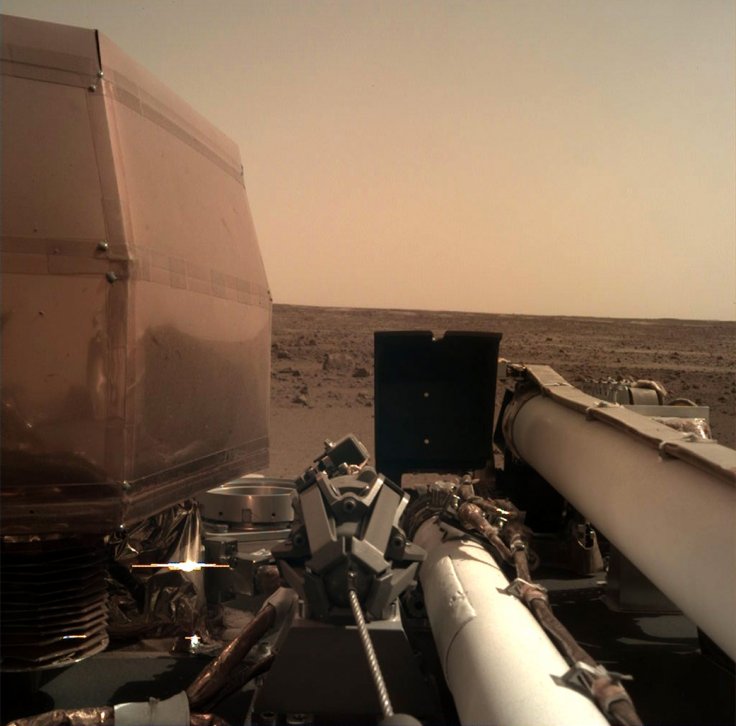NASA will carry out a maneuver on Mars that involves using the robotic arm of the InSight lander to push the mole instrument into the ground. This will enable the agency to gather accurate information regarding the temperature of the planet's interior.
NASA's InSight lander has been digging into the Martian surface for almost a year now. The goal of the procedure is to deploy a self-hammering mole into the ground. Unfortunately, Mars' hard surface is making it difficult for the lander to get the mole successfully into the ground.
Getting The Mole Into The Ground
In the next couple of days, NASA will use the scoop on InSight's robotic arm to push the mole into the ground. This device is a 16-inch-long spike that's part of the Heat Flow and Physical Properties Package. Through its self-hammering feature, the mole can reach a depth of up to 16 feet. Unfortunately, the hard surface on Mars is causing the mole to bounce upwards and out of the hole.

As a solution, NASA is planning on using the lander to push the mole deeper into the ground. This will provide the device with enough support in order to successfully hammer itself into the ground.
Pushing the mole into the ground is considered as sort of a last-resort effort for NASA. The team operating the lander has avoided the maneuver in the past because it might damage the mole's tether. But, after conducting tests on Earth, the team members are confident that they will be able to execute the plan successfully.

Measuring Mars' Subsurface Temperature
A ribbon-like tether attached to the mole contains sensors that can take heat readings of the soil. Once the mole has reached the appropriate depth, these sensors will measure the subsurface temperature of Mars. According to NASA, the data collected by the mole will provide valuable information about rocky planets such as Mars and Earth.
"While burrowing into the soil, it is designed to drag with it a ribbon-like tether that extends from the spacecraft," NASA explained in a statement. "Temperature sensors are embedded along the tether to measure heat coming deep from within the planet's interior to reveal important scientific details about the formation of Mars and all rocky planets, including Earth."








